“An ignorant nation is a weak nation”, “for a 10-year career, we must plant trees, for a 100-year career, we must cultivate people”, that thought of President Ho Chi Minh is the red thread running through our Party and State over the past 80 years, since the founding of the nation.
With the viewpoint of " education is the top national policy", "education must go one step ahead", investing in education is investing in the future, in any historical period, education is always considered a central and pioneering task, from the popular education movement to eradicate illiteracy in the first days of regaining independence to the popular digital education movement, eradicating digital illiteracy that is being widely deployed throughout the country today to bring the country into a new era: the era of national growth.
All people destroy ignorance
On September 2, 1945, at the historic Ba Dinh Square, Uncle Ho read the Declaration of Independence, giving birth to the Democratic Republic of Vietnam, opening a new heroic page in the history of the nation. The very next day, September 3, 1945, in the first meeting, the Government discussed and approved the 6 most urgent issues raised by President Ho Chi Minh, in which the second task was to "launch a campaign against illiteracy".
The person who determined the fate of the nation was in a “thousand pounds hanging by a thread”, in which the three biggest challenges were “famine”, “ignorance” and foreign invaders. The policy of keeping people ignorant to make it easier to rule by the French colonialists had made 95% of the Vietnamese people illiterate, this rate was even up to 99% for women, and in difficult areas up to 100%.
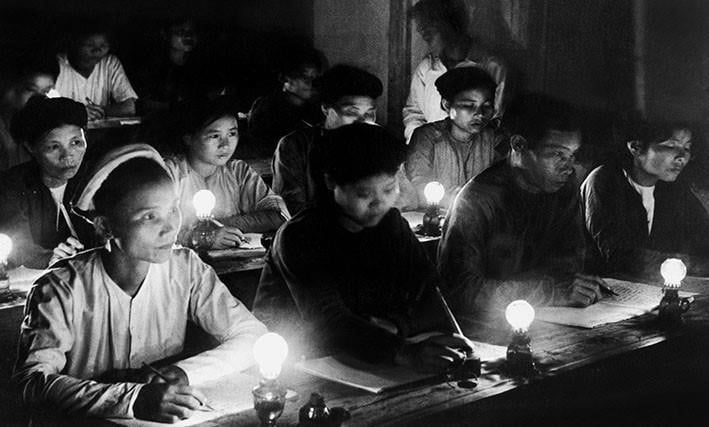
People study by lamplight in the early days of the country's independence. (Photo: VNA)
Less than a week later, on September 8, 1945, five decrees on education were issued at the same time, including decree No. 17/SL establishing the Popular Education Department, stipulating that everyone must strive to eradicate ignorance, placing the task of eliminating illiteracy as the top priority; decree No. 19/SL limited to 6 months, every village and town must have at least 1 popular education class that can teach at least 30 people; decree No. 20/SL stipulated compulsory learning of the national language nationwide, stipulated that learning was free of charge, and set a goal that within one year, all Vietnamese people aged 8 and above must be able to read and write the national language. On September 14, 1945, the Government issued a decree abolishing all tuition and examination fees at all levels of education. In June 1946, the Government issued Decree No. 110/SL to open a training class for popular education cadres for ethnic minority representatives to spread the movement to difficult areas.
Along with the decrees, on October 14, 1945, President Ho Chi Minh called on all people to "fight illiteracy", "literate people should teach illiterate people, contribute to popular education, illiterate people should try their best to study...".
From the Party's policy and President Ho Chi Minh's call, the movement for popular education and eradication of illiteracy has spread and developed strongly throughout the country, to every village, hamlet, and alley, becoming a widespread mass movement with many creative and flexible ways of doing things.
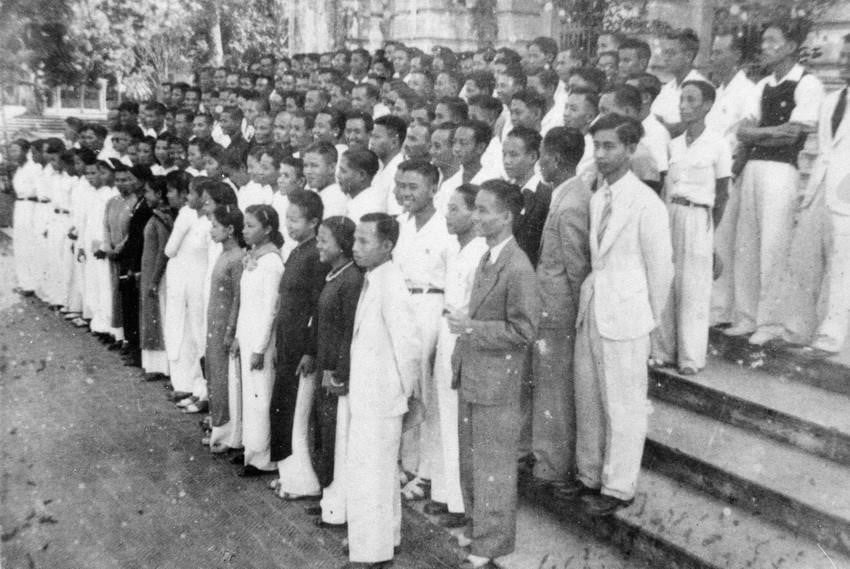
Thousands of Hanoi youths volunteer to go to rural areas to teach literacy. Photo: VNA)
Literacy classes were opened everywhere, from urban to rural areas, from lowlands to highlands, from village communal houses, temple yards, market stalls to boat docks, in fields, under trees... Boards were made of wooden planks, dirt, brick floors, banana leaves, buffalo backs... Chalk was made from young bricks, charcoal, white lime... Pens were made from bamboo, reeds, ink from Malabar spinach...
Within just one year, more than 95,000 people volunteered to become teachers, more than 75,800 classes were opened, 2.5 million books were printed, and more than 3 million people became literate.
In December 1946, Uncle Ho called for national resistance, the whole nation entered the arduous resistance war against the French, but the popular education movement continued to be maintained to improve people's knowledge despite facing numerous difficulties due to the enemy's repression.
For the hundred-year career of cultivating people
Even when the country was still engulfed in the flames of war, the issue of training human resources to develop, protect and build the Fatherland received special attention from the Party and Uncle Ho.
The first educational reform was carried out in 1950, changing the education system from 12 years (colonial regime) to a 9-year education system to meet the requirements of human resource training in the context of war.
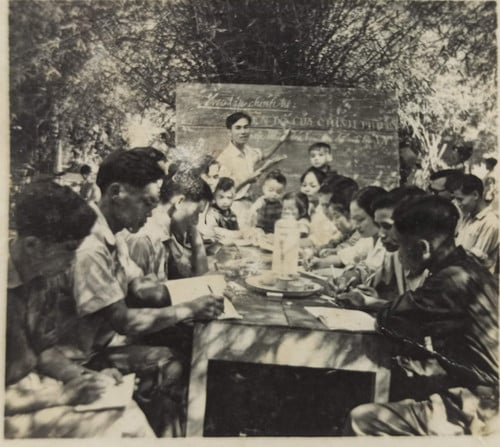
Classroom in the middle of Dien Bien forest in the 1960s. (Photo: NVCC)
In 1954, after the North was liberated, with the determination to bring the mountainous region forward together with the lowland region to build Socialism in the North, creating a solid foundation for the struggle to unify the country, Uncle Ho called on teachers from the lowland region to volunteer to go to the mountainous region to teach, bringing the light of the Party to develop the economy and culture of the highland region. On August 15, 1959, the Government issued Circular No. 3116-A7 on mobilizing primary, secondary and high school teachers from the lowland provinces to work in the mountainous region, in order to solve the problem of teacher shortage and contribute to the development of cultural education in the mountainous region. In September 1959, the first group of 860 volunteer teachers from the lowland provinces and cities were ready to pack their backpacks and set off for the highland region with the great mission of bringing knowledge to light up the people, helping the mountainous region catch up with the lowland region.
As one of 860 volunteer teachers who came to the highlands in 1959, Mr. Nguyen Minh Tranh said that education in most highland communes at that time was a big zero: no schools, no classrooms, no teachers, no blackboards, no chalk, so the first task of the volunteer teachers was to build schools and open classes. From the i-paper classes of thousands of teachers from the lowlands throughout the highland villages, illiteracy was not only eliminated but also trained quality cadres for the country, especially for the northern mountainous provinces.
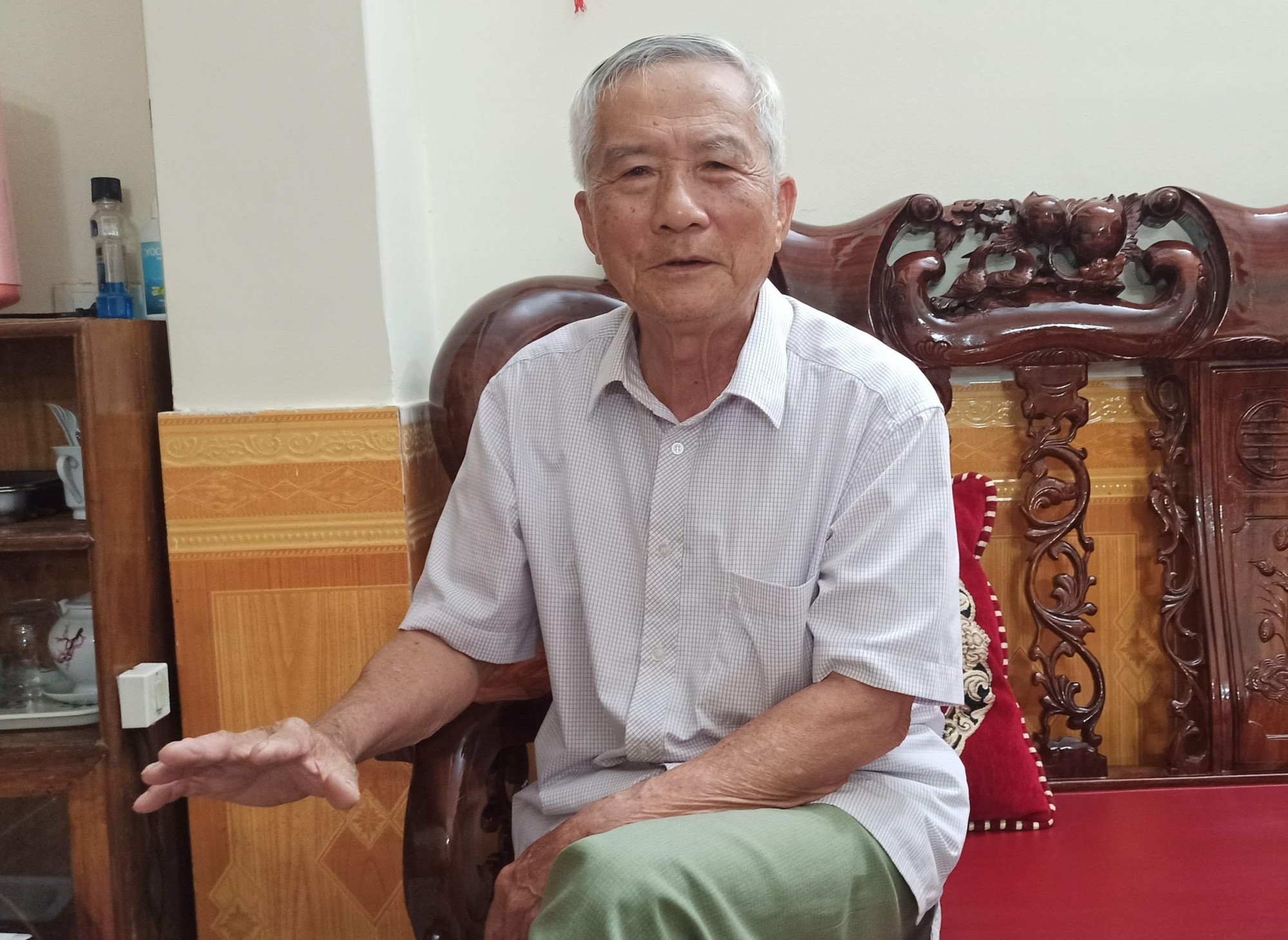
Teacher Nguyen Minh Tranh shares about the days he went through the forest to cut bamboo, build classrooms, and open schools to eradicate illiteracy for people in the Northwest highlands. (Photo: Pham Mai/Vietnam+)
Also with a strategic vision on cadre training, in 1954, right after the Geneva Agreement was signed, President Ho Chi Minh, the Party and the Government advocated sending students who were children of cadres, soldiers and people from the South to the North to study in order to build a force of successor cadres for the revolution. About 32,000 Southern students were gathered in the North, forming a special “nursery” system - a system of 28 Southern schools in the North.
The "red seeds" planted in the North later returned to build the South, becoming the core force, making an important contribution to the building and consolidation of the revolutionary government. Many of them became high-ranking officials of the Party and State, prestigious scientists, teachers, artists, and businessmen, contributing much to society.
“The strategic vision of Uncle Ho and the Central Committee at that time was extremely wise,” shared Dr. Mai Liem Truc, former Permanent Deputy Minister of the Ministry of Posts and Telecommunications (now the Ministry of Information and Communications), former Director General of the General Department of Posts and Telecommunications, one of 32,000 Southern students in the North.
In addition to sending the children of Southern cadres to the North for training, since the early 1960s, in order to meet the needs of educational development for students and people in the South, to prepare intellectual forces to build and develop the country after liberation and at the same time fight the enemy on the cultural and educational front, the Party and Uncle Ho sent many volunteer teacher groups to the South to build schools and open classes. On the legendary Ho Chi Minh trail, there were not only the footprints of soldiers from the North supporting the front line but also the footprints of nearly 3,000 teachers. They volunteered to put aside their families and careers, to bring books, pens and ink across Truong Son, bringing knowledge to students in the South that was engulfed in fire and smoke.
The day teacher Do Trong Van left for B, his youngest child was only 8 months old, and his oldest child was just three years old. “We missed and missed him so much, but at that time we all understood that when the Fatherland needed us, everyone had to put aside their own happiness, hundreds of teachers had fallen,” teacher Van said emotionally. And with that silent sacrifice, schools sprung up all over the South, under coconut trees, in shelters or deep in the forest, regardless of enemy bombs and bullets.
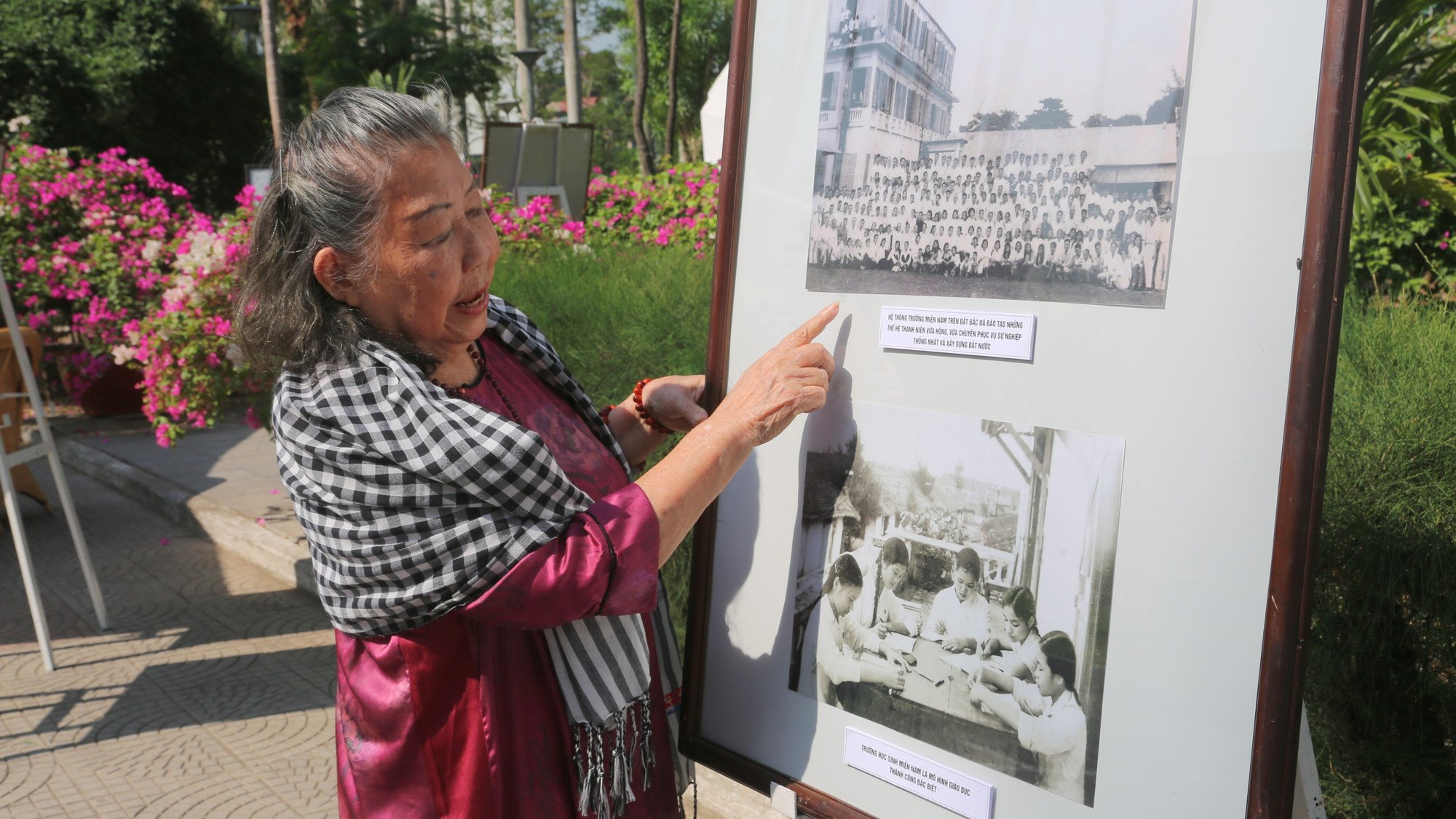
Ms. Diep Ngoc Suong, a former student from the South, was moved when looking back at photos of her Southern students during their years studying in the North. (Photo: Minh Thu/VNA)
Not only developing the domestic education system, the training of high-quality cadres is also of special concern to the Party and Uncle Ho.
In 1951, from the Tan Trao resistance headquarters, under the canopy of the old forest, Uncle Ho kindly instructed the first 21 cadres and students to prepare to be sent to the Soviet Union to study. In 1960, the Government issued Circular No. 95-TTg on selecting students to send to study in fraternal countries.
The circular clearly states: “Currently, our task of training cadres is very large and very urgent. First of all, we need to make every effort to train good worker-peasant cadres, political cadres and students into a team of scientific and technical cadres, professional cadres who are absolutely loyal to socialism, wholeheartedly serving the cause of building socialism and fighting to achieve national reunification. Based on the situation of overseas students sent to study in fraternal countries in recent years and the situation of cadre training in universities and vocational schools in the country, the Prime Minister sees that from now on, every year we need to boldly send more cadres and students to study abroad.”
Thousands of cadres and students sent abroad to study have become leading scientists, supporting the country's future development. The names that have become monuments of Vietnamese science are not only leading scientists in the country but also reaching international level such as Professor Hoang Tuy, Professor Nguyen Van Hieu, Professor Vo Tong Xuan...
Reach out and integrate
According to Professor Tran Xuan Nhi, former Deputy Minister of Education and Training, over 80 years of formation and development with the country, the education sector has made great contributions to improving people's knowledge and building a team of cadres for the country.
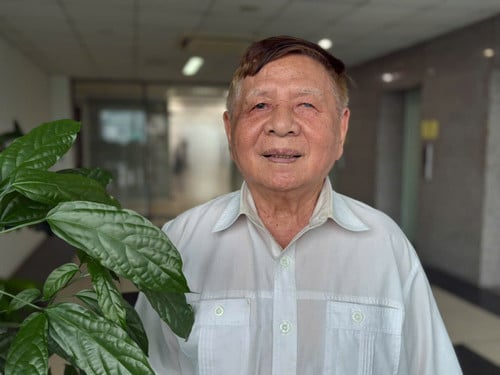
Professor Tran Xuan Nhi, former Deputy Minister of Education and Training
Vietnamese education has continuously developed with 4 reforms and many innovations to adapt to the tasks in each historical period of the nation while reaching out to deeply integrate internationally.
Professor Tran Xuan Nhi commented that the greatest success of education is the development in quantity and the widespread system of educational facilities so that anyone in need can go to school. If in the past, the whole district only had one primary school, now the network of schools from kindergarten to high school has covered all villages with more than 41,000 schools. If in the past, the whole country only had one Indochina College, now there are more than 230 universities, hundreds of colleges and a network of vocational schools.
Resolution 29 of 2013 of the Party Central Committee on comprehensive and fundamental innovation of education with the new general education program has been a strong reform in education when shifting from teaching and imparting knowledge to forming the qualities and abilities of learners, to create new Vietnamese citizens with full knowledge and skills.
Not only has the quantity of education grown, the quality of education has also been increasingly improved. In general education, in key education, Vietnam's international Olympic teams are always in the top of the world. Most recently, the Vietnamese Mathematical Olympiad team ranked 9th out of 113 countries and territories participating in the International Mathematical Olympiad with 2 Gold medals, 3 Silver medals, 1 Bronze medal; the Chemistry Olympiad team achieved an unprecedented feat when, for the first time in history, they won 4 Gold medals in an International Chemistry Olympiad held directly. Mass education also affirms its quality with the 2022 PISA assessment score ranking 34th out of 81 countries and territories participating in the assessment.
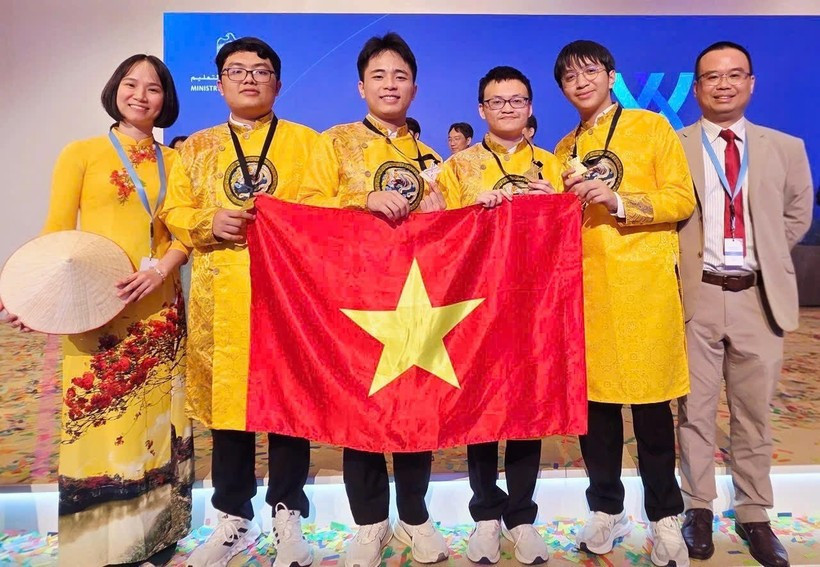
The Vietnamese team won 4 gold medals at the 2025 International Chemistry Olympiad. (Photo: Ministry of Education and Training)
In higher education, since 2018, Vietnam has had the first two universities in the top 1,000 best universities in the world, namely Hanoi National University and Ho Chi Minh National University. Since 2018, this list has been getting longer every year. Vietnamese universities have affirmed their training quality by attracting thousands of international students to study and exchange each year, and training cooperation with many schools around the world.
“In particular, in 2025, General Secretary To Lam requested the education sector to implement two-session teaching per day at primary and secondary schools, exempt tuition fees for students from kindergarten to high school, develop a breakthrough resolution to remove bottlenecks in education, build inter-level boarding schools for border areas... These are all things that the education sector has long dreamed of. With the wise decisions and strong direction of the General Secretary, Vietnamese education will certainly develop into a new, more brilliant stage, and the country will have even higher quality human resources when entering the new era,” said Professor Tran Xuan Nhi.
Digital literacy - a bridge between the past and the future
Not only paying special attention to developing education in schools with a series of strong, specific and practical policies, General Secretary To Lam also emphasized the significance and role of lifelong learning and learning society, especially in the period of the 4.0 revolution.
In the article on “Lifelong Learning” on March 2, 2025, General Secretary To Lam affirmed that lifelong learning is not a new issue. Immediately after the success of the August Revolution, President Ho Chi Minh launched a movement for the entire people and army to eradicate illiteracy. During the revolutionary stages, especially during the years of renovation, our Party has always paid attention to and encouraged lifelong learning and built the whole country into a learning society.
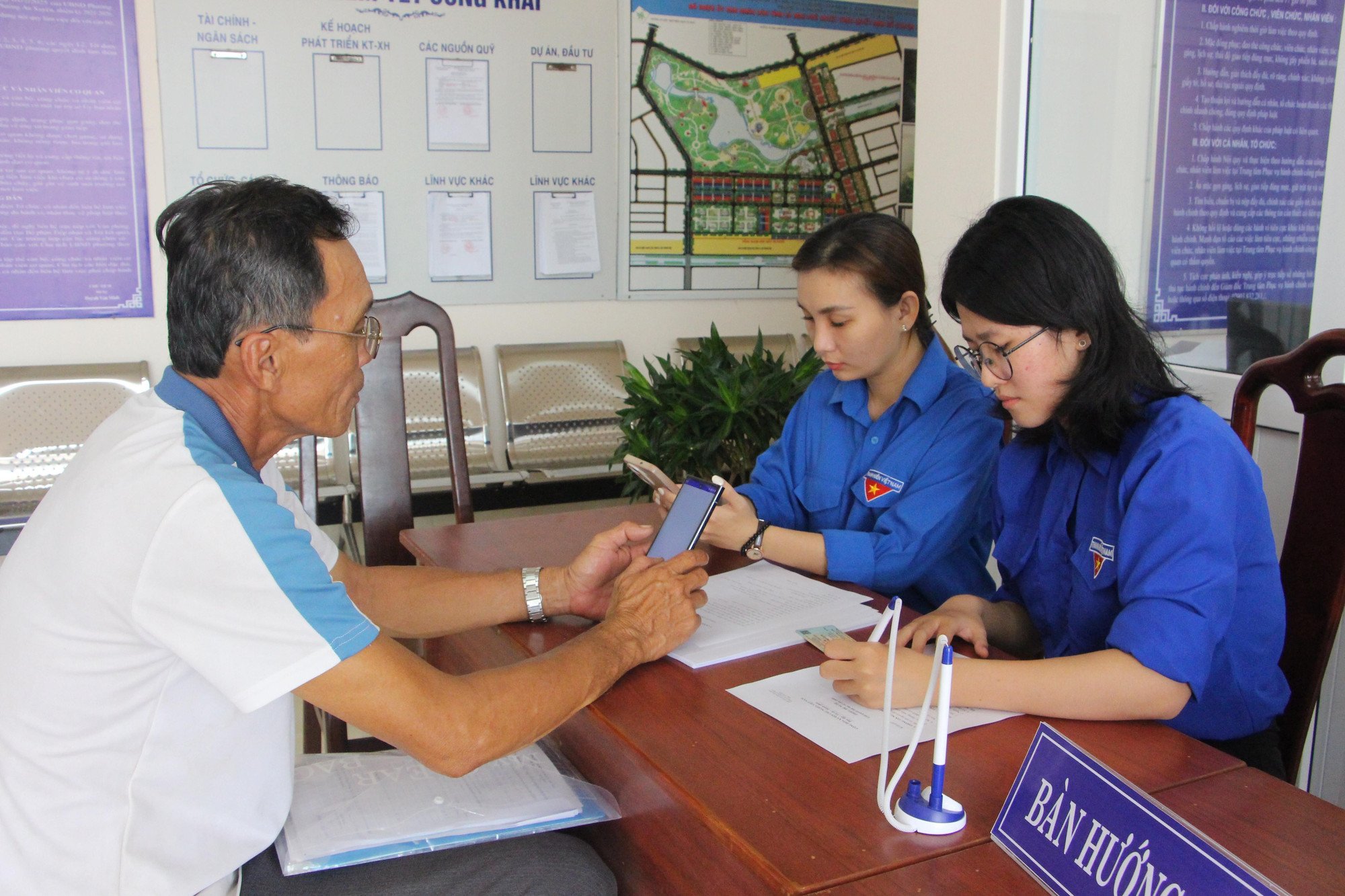
Ca Mau residents learn to use technology devices in the Digital Literacy Movement. (Photo: VNA)
The General Secretary affirmed: “The 4.0 revolution is taking place at an unprecedented scale and speed, the strong development of the knowledge economy, digital transformation, digital economy, and digital society means that part of the content taught in schools today may become outdated after a few years; moreover, what is popular today did not exist 10 years ago and 65% of current jobs will be replaced by technology in the coming years.
With the complex, unstable and unpredictable world, knowledge must be constantly supplemented, human life expectancy must be longer, retirement time must be long enough, forcing the elderly to study and be active so as not to fall behind modern society.
In that context, lifelong learning becomes a rule of life; not only helping each individual recognize, adapt, not fall behind the daily changes of the current world, enriching intelligence, perfecting personality, overcoming difficulties and challenges to increasingly progress and position themselves in modern society; more importantly, this is an important key to improving people's knowledge and training human resources, promoting socio-economic development, the only way, the inevitable direction of every country to ensure prosperous and sustainable development."
General Secretary To Lam emphasized that one of the immediate tasks is to launch the "popular digital literacy" movement.
Implementing this direction, on March 26, the Central Steering Committee on Science, Technology, Innovation and Digital Transformation held a ceremony to launch the movement and launch the "Digital Popular Education" platform.
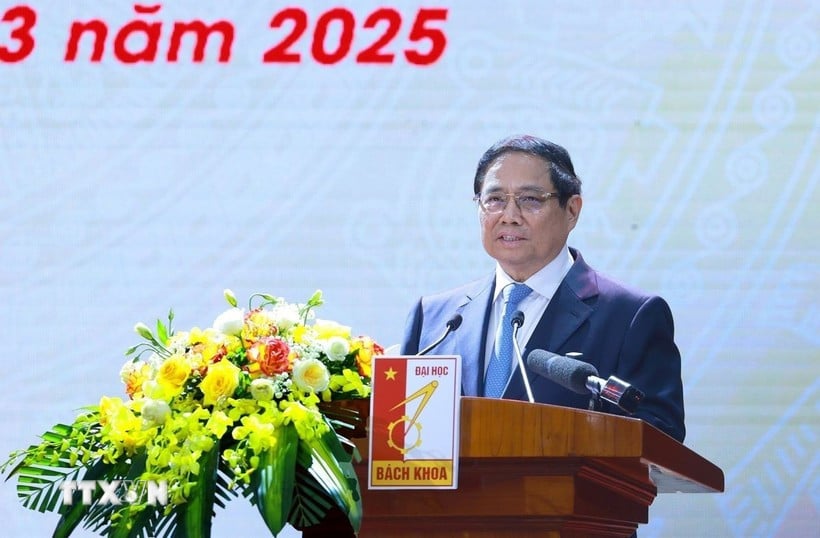
Prime Minister Pham Minh Chinh speaks at the launching ceremony of the digital literacy movement. (Photo: Duong Giang/VNA)
Prime Minister Pham Minh Chinh affirmed that the "Digital Popular Education" movement was inspired by, inherited and promoted from the "Digital Popular Education" movement launched by President Ho Chi Minh - a symbol of determination, will, and solidarity to help people escape the darkness of illiteracy, access knowledge, and develop the Vietnamese nation to have the foundation, potential, position, and prestige as today.
In the current context, digital transformation is an objective requirement, a strategic choice, a top priority. It is impossible not to mention a digital nation, a digital society, a comprehensive and complete digital citizen, and thus it is impossible not to have the movement "Digital Literacy for the People."
Accordingly, the Prime Minister emphasized that this is not only an educational initiative but also a bridge between the past and the future, promoting historical lessons, striving to build a society that is not only rich in knowledge but also rich in technological strength, ready to integrate and develop.
"The country is facing a historic opportunity to enter a new era of strong development with the main driving force coming from science, technology, innovation and digital transformation. We must carry out a particularly important and urgent task, which is to popularize knowledge, technology on digital transformation, digital skills for the entire population, that is, to 'eliminate illiteracy' about digital transformation," the Prime Minister stated.
Accordingly, in addition to the Government's policies, the Prime Minister called on all people to proactively learn, be ready to share, apply digital knowledge, and together build a progressive society in the new era. The "Digital Literacy for All" movement must become a revolutionary, nationwide, comprehensive, and far-reaching movement, leaving no one behind with the spirit of "going to every alley, to every house, guiding every person" and the motto of "rapid deployment - widespread connection - smart application".
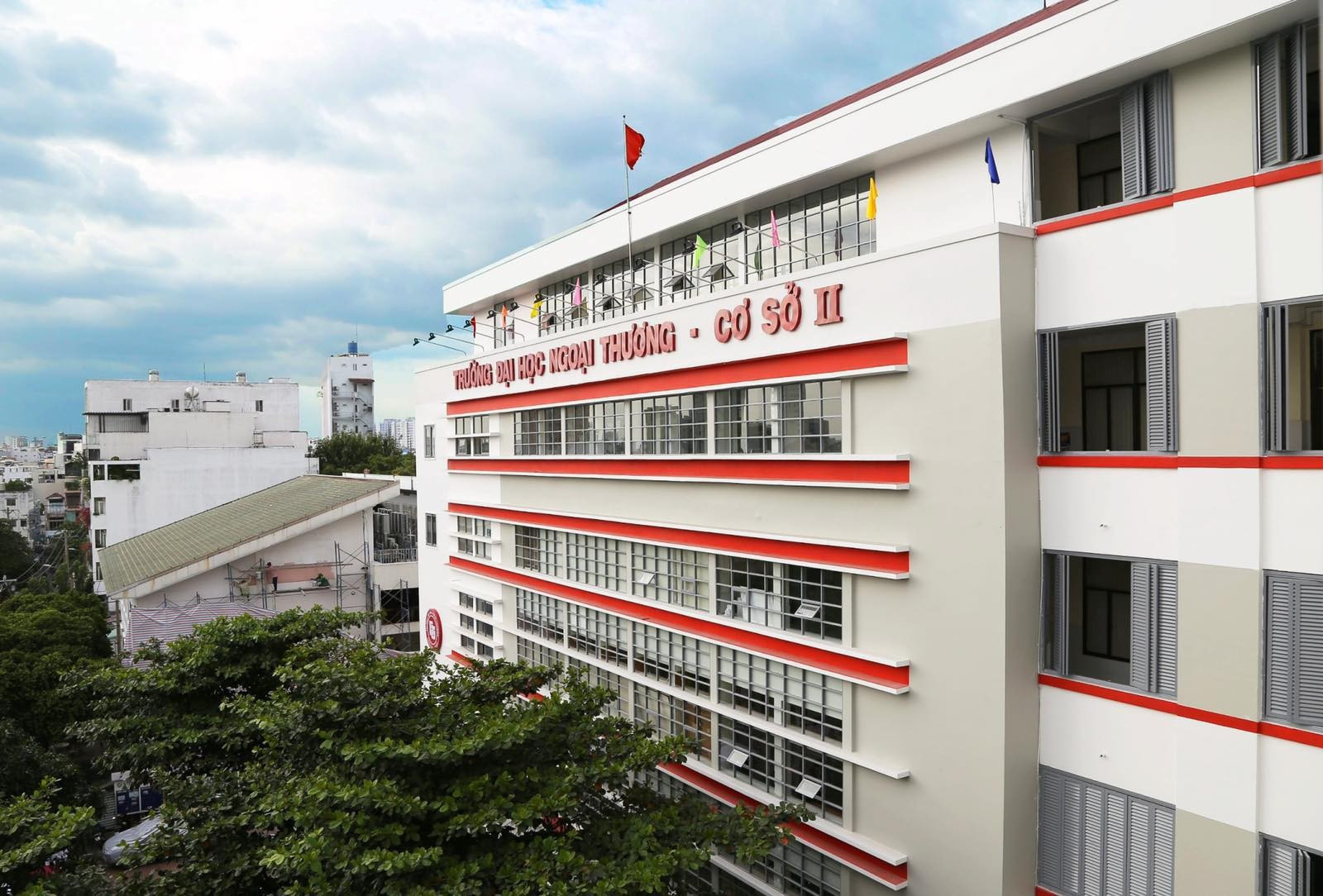
Vietnamese education is steadily entering the era of national development. (Photo: PV/Vietnam+)
Under the direction of General Secretary To Lam and the launch of the Prime Minister, the digital literacy movement is developing widely across the country with the strong participation of all localities, ministries, departments, branches, unions, organizations, businesses and individuals, marking a turning point in the popularization of digital knowledge and skills for all people and is the foundation for the whole country to enter a new era, the digital era, the era of national growth.
Source: https://phunuvietnam.vn/80-nam-giao-duc-viet-nam-tu-binh-dan-hoc-vu-den-binh-dan-hoc-vu-so-20250823074842109.htm



![[Photo] General Secretary To Lam attends the 80th Anniversary of the Cultural Sector's Traditional Day](https://vphoto.vietnam.vn/thumb/1200x675/vietnam/resource/IMAGE/2025/8/23/7a88e6b58502490aa153adf8f0eec2b2)
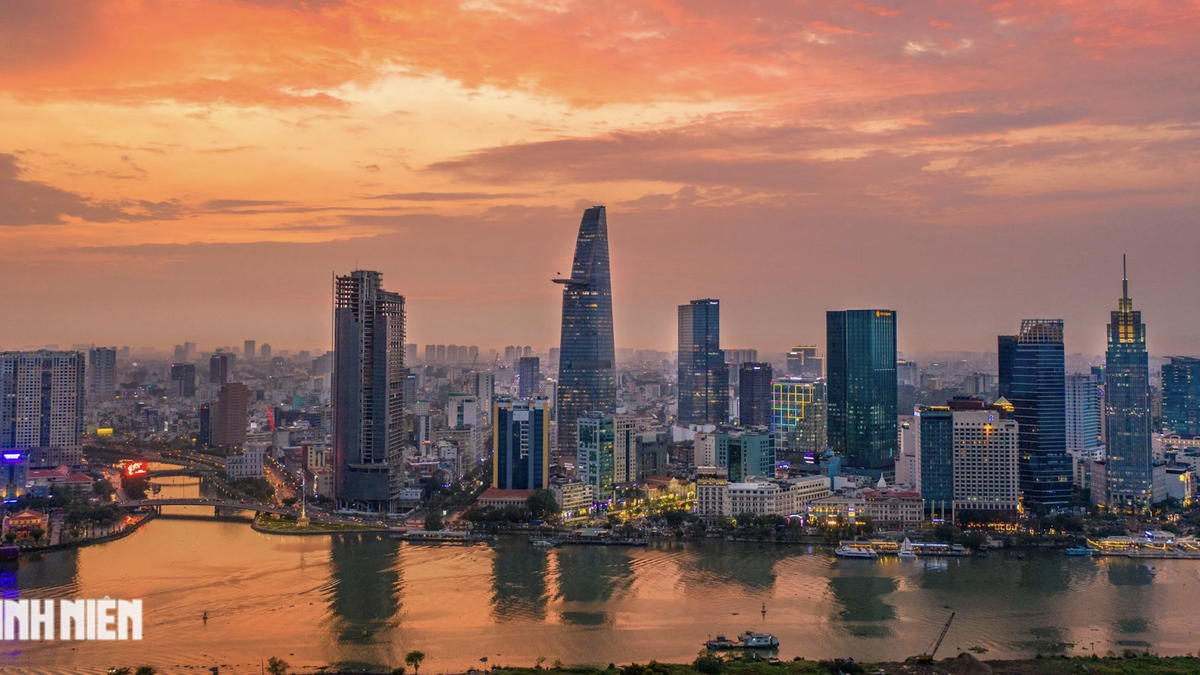
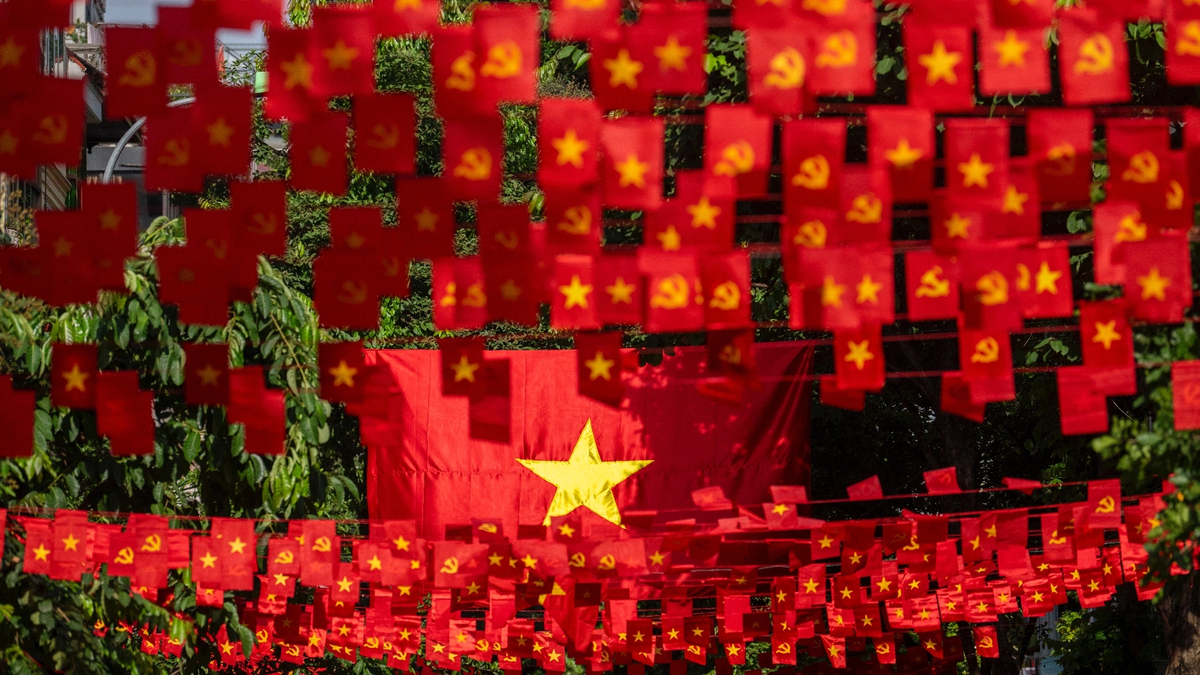

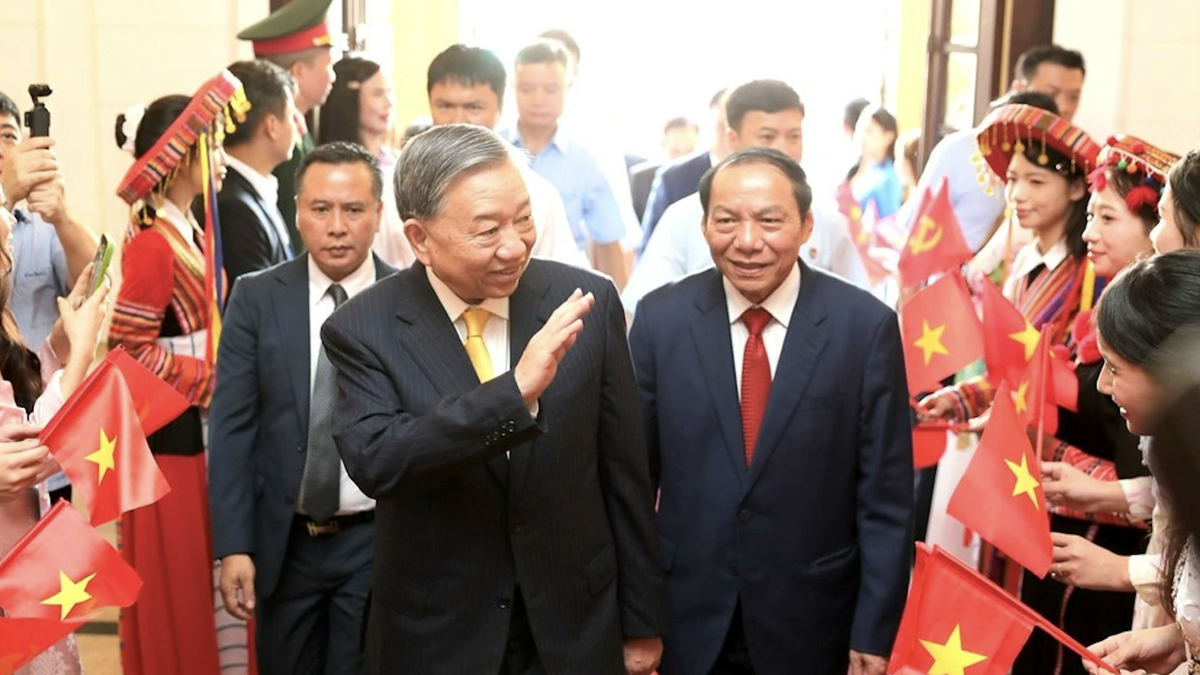

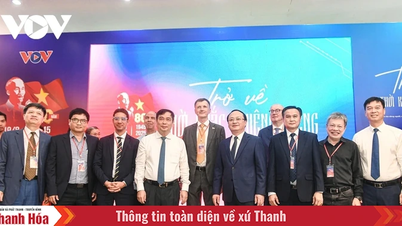

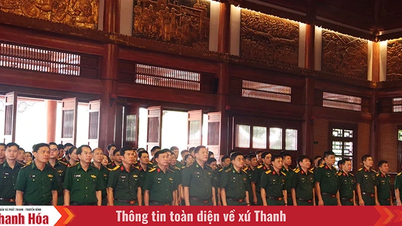
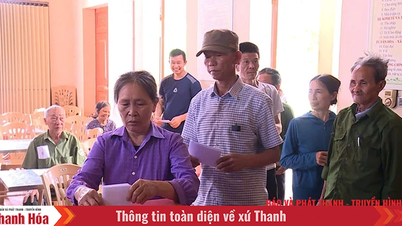
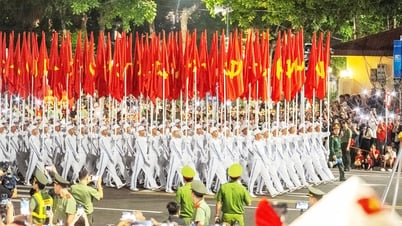






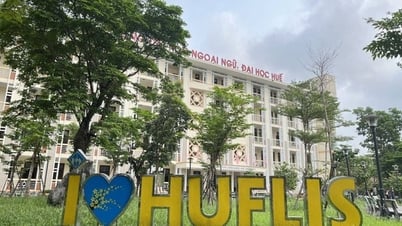

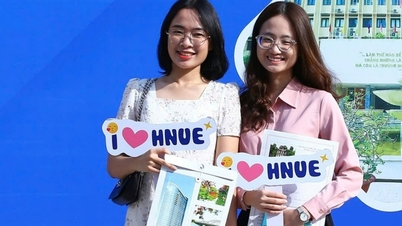
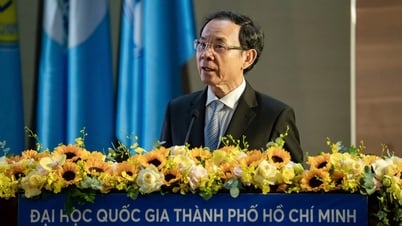
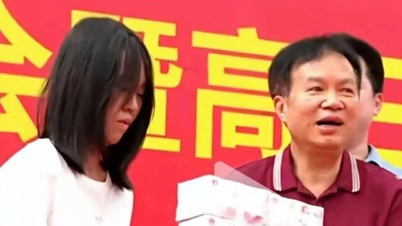

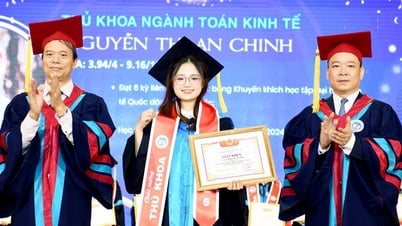




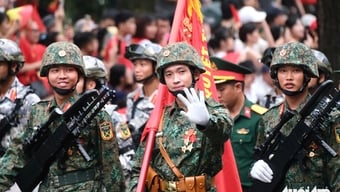
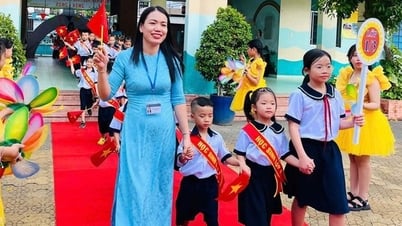
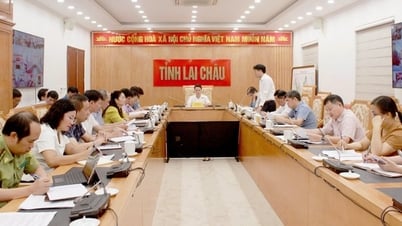
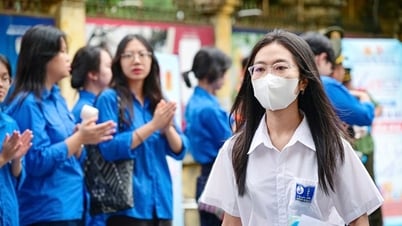

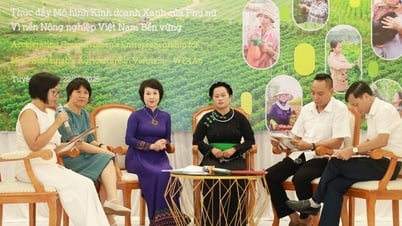
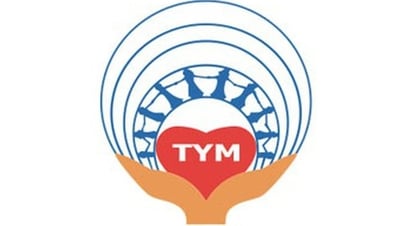
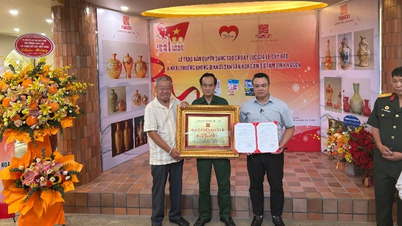



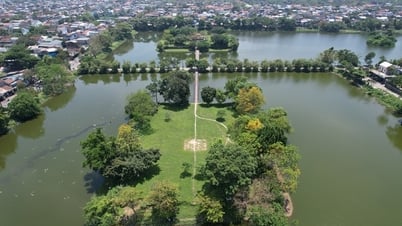
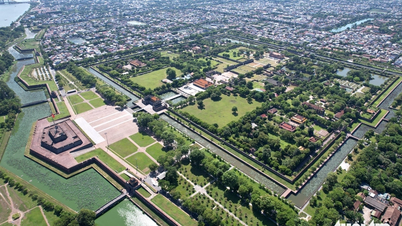


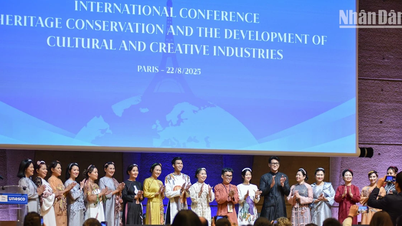


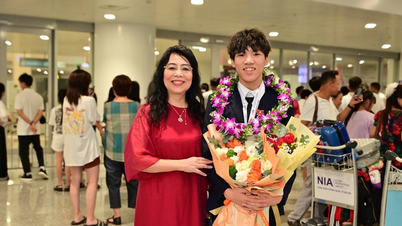
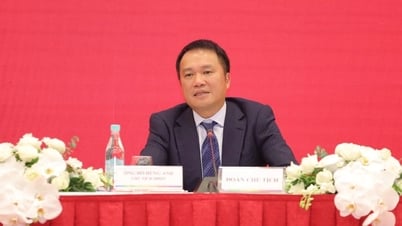



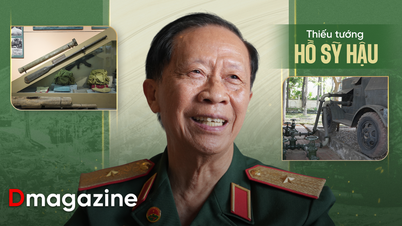









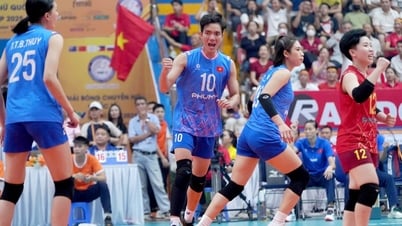
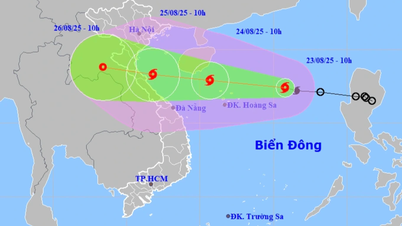
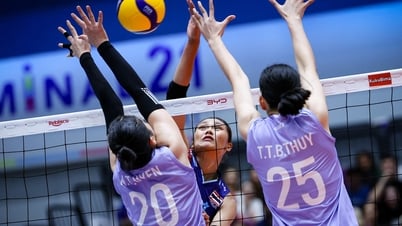



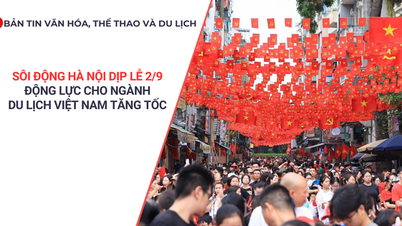

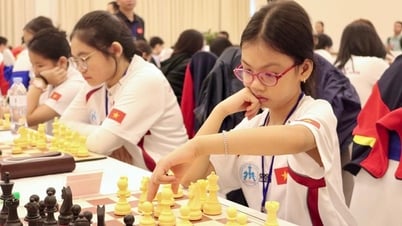
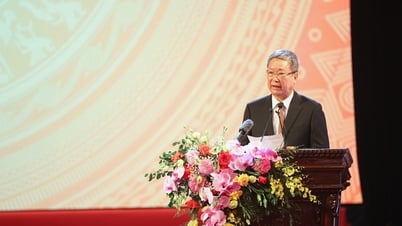


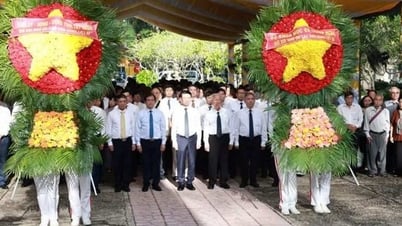

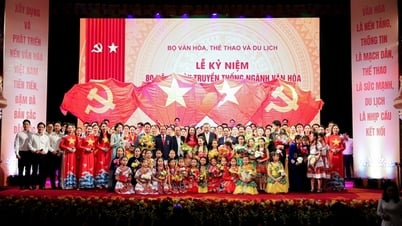
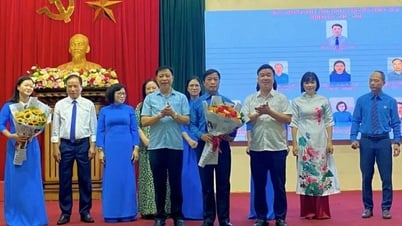

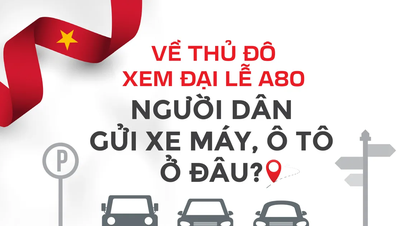





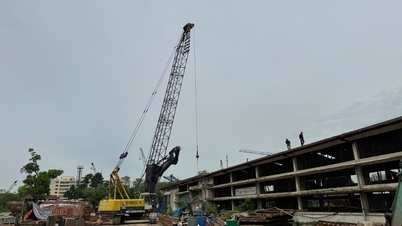




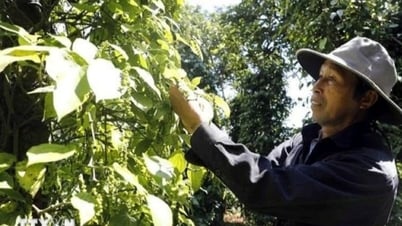


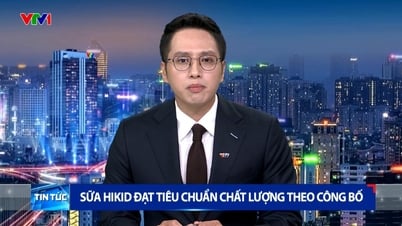
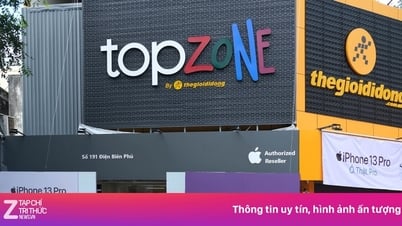





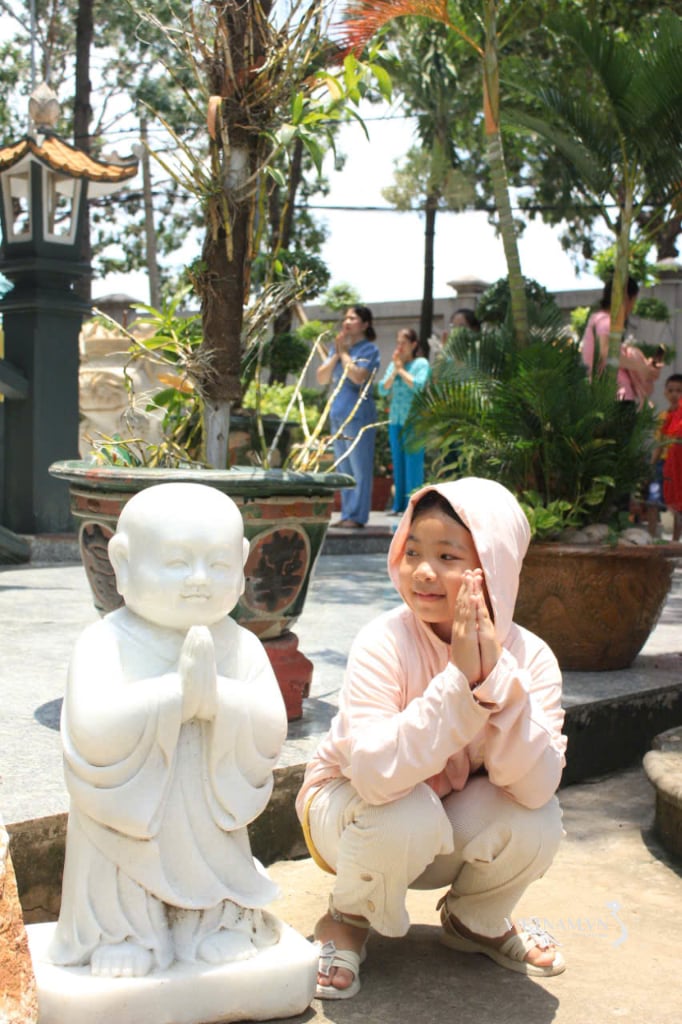
Comment (0)